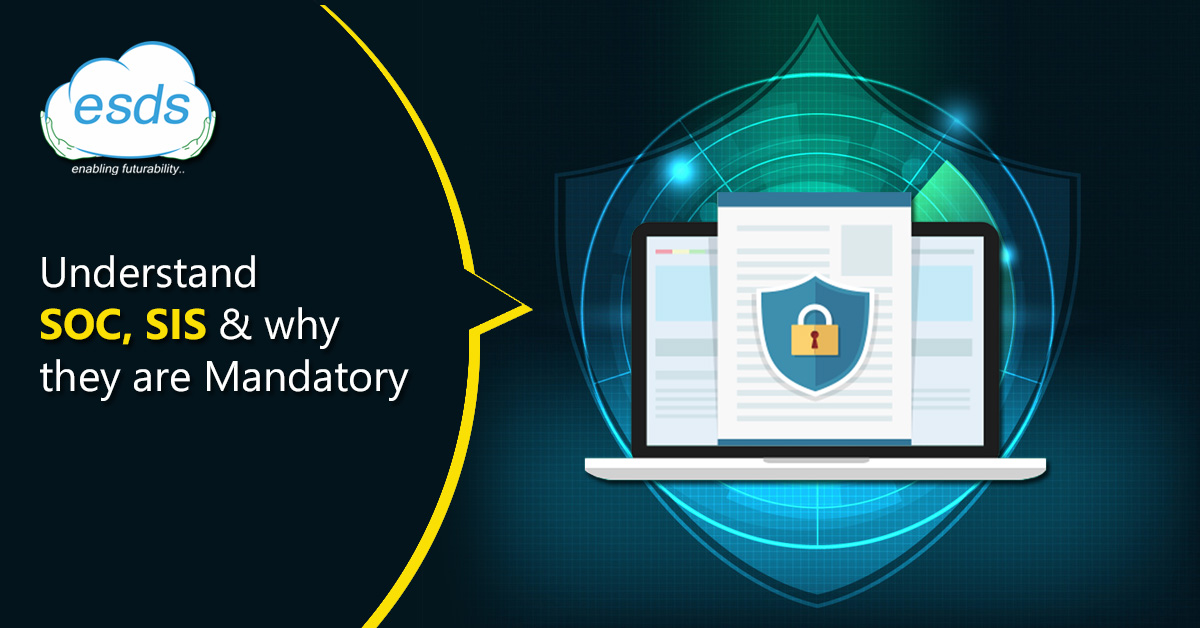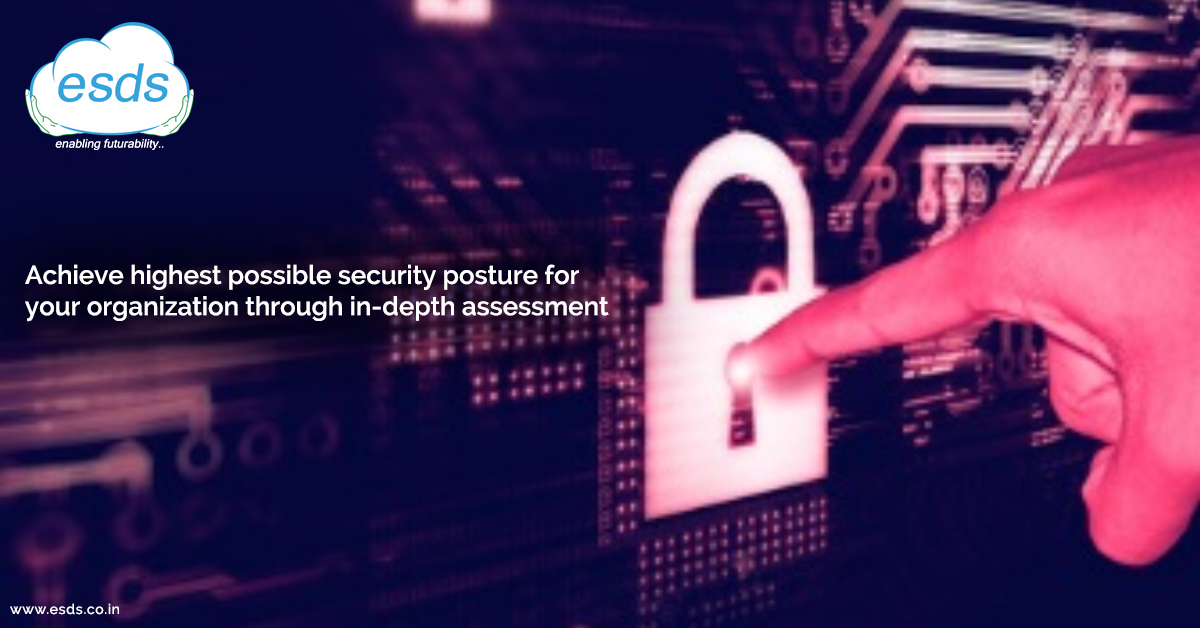Know About SOC (Security Operations Center) and the Rise of SIS (Security Insight Services)
What is SOC?
SOC i.e., Security Operations Center is that army which protects you from the terrorists named as cyber-attacks and online threats. Having said that, it resembles the 24/7 hardworking forces dedicated to preventing, detecting, assessing, and responding to the cyber threats and vulnerabilities. The team is highly skilled and organized with the mission of continuously monitoring and improving the security posture of an organization.
The Strategy of SOC
The SOC strategy has to be business-specific and clearly outlined. It strictly depends upon the support and sponsorship of executive levels otherwise it’s not possible for SOC to work properly. The SOC must be an asset to the rest of the organization. The aim of SOC should be catering to the company’s needs and a strong sponsorship from the executives is mandatory to make it successful.
The Infrastructure
Careful planning is the key to make any model successful. Same is the case with the SOC environment design. The aspects like physical security, layout, and electrical arrangements for the equipment, lighting, and acoustics must be considered properly. The SOC needs to have specific areas like a war room, an operational room, and the offices for supervisors. There must be proper visibility, comfort, control, and efficiency in every single area and therefore the design should be in consideration with these aspects.
The Technological Environment
After the mission and scope of the SOC, designing the underlying infrastructure is important. As several components are mandatory to build a comprehensive technological environment like firewalls, breach detection solutions, IPSs/IDSs, probes, and SIEM of course, to name a few. Efficient and effective data collection is primarily essential for a perfect SOC. Packet captures, telemetry, data flows, Syslog, and many such events are vital to collect, correlate, and analyze from the perspective of security. It is also essential to monitor the information and data about the vulnerabilities which can affect the complete ecosystem.
The Team and Processes
Although, technical aspects are highly important, still the huge and high-tech control room would be worthless if it doesn’t have people and proper functions/processes.
Just like a fully equipped car is useless without a driver, an organization is empty without human resources and policies. Technology, processes, and people are the pillars of SOC.
As we know, SOC is a Team and every winning team shall follow some rules. Apart from engineers, analysts, and dev-ops people, there will be leaders and the leadership skills are necessary for everyone. There will be several tiers assigned to different team members. The analysis based on the real event monitoring, security incident/data breach detection, response to the incidents, and finally the remediation of those happenings. The paramount of the organization are coordination, collaboration, efficiency, and timing. Every member has to be aware of the strategy and mission of the SOC and hence, leadership plays a key role in this scenario. The SOC manager must be the one who inspires and motivates other team members so that they can contribute to the organization’s vision and mission. After all, providing 24/7 service while handling the stress isn’t easy at all.
Selecting such team members who can add value, is really a challenging task as the required skill-set is quite big and the enthusiasm should also be there. Again the exact amount of the workers must be hired, neither less nor more.
Considering this scenario, adopting a hybrid vision model could prove viable as it envisions the cooperation between the internal teams and managed service providers which are outsourced.
The Types of SOC models
Are you aware that there are several kinds of SOC models? Yes, check out below-
Virtual SOC
- It has no dedicated solution/facility
- Members are part-time
- The team is active only when critical incidents occur
Dedicated SOC
- Facility is dedicated
- The team is also dedicated
- Totally in-house team
Co-managed / Distributed SOC
- Both semi-dedicated and dedicated teams
- Usually, 5 X 8 operations are handled
- It becomes co-managed when paired with MSSP (Managed Security Service Provider)
Command SOC
- Coordination with other SOCs
- Offers situational awareness, threat intelligence, and additional expertise
- Not always directly involved in day-to-day operations but rarely
NOC (Network Operations Center) / Multifunction SOC
- Dedicated facility and team
- Performs all critical IT and security operations 24/7 with common facilities
- Helps in reducing the costs of the organization
Fusion SOC
One SOC facility consists of new and traditional SOC functions like CIRT (Computer Incident Response Team), threat intelligence, and OT (Operational Technology) functions which are combined.
Fully Outsourced SOC
Apart from the above six models, the service provider of ‘fully outsourced model’ operates and builds the SOC with minimum but supervisory involvement from the customer’s enterprise.
The Intelligence and Approach
To enhance the organization’s security posture, the SOC has to be both –active and proactive as it needs to carry out the process of Vulnerability Management. The priority for SOC is a robust approach to handling vulnerability and risk assessment skill. Other than that the OWASP model approach can be taken into the consideration too. Also, a threat intelligence approach (context aware) shall be implemented to become more effective in diagnosing/preventing the threats and adding more value.
The Essentials
Creating and Operating a SOC demands high quality, infrastructure, enthusiasm, teamwork, and skills. It should have best practices, compliances, and frameworks like COBIT, ITIL, and other are vital to abide by the PCI DSS and ISO/IEC 27001: 2013 standards.
ITIL is a potentially unmatched source of guidance in case of service design and strategy, service level management, and coordinating between the SOC related purposes and incident management processes.
Also, COBIT and especially its Maturity Model, COBIT- MM shall be considered as a premium guideline for checking how mature is SOC?
The performance of the SOC has to be measured correctly and appropriately in all aspects. Therefore, the KPIs must be well-defined to check the application of ITIL, i.e., continual improvement of service. These steps will help in generating the best results from the SOC and add value to the organization.
So, these were the things you need to know about SOC.
Now, let’s understand what are Managed Security Services or Security Insight Services.
SIS (Security Insight Services)
We all know the hell number of online threats and cyber-attacks going on in the world. These things happen due to lack of essential security tools, equipment, and services. Many of the businesses are so concerned about the security of their data and loss of business but they don’t get proper solutions. They are often worried about how prepared their organization is to handle the online crisis situations.
To these problems, ‘Security Insight Services’ is the solution. It is a one-stop-shop solution for all the current and possible online threats/attacks.
The offerings by SIS
- Project driven approach
- Security Incident & Threat Analysis
- Project Driven Approach
- Security posturing assessment
- Security Incident & Threat Analysis
- Gap Analysis
- Network Security Assessment
- Malware Threat Modeling
- Database Activity monitoring & Vulnerability Scanning
- SIEM effectiveness modeling Configuration Auditing
- Process Auditing
- Application Vulnerability Assessment Email System Assessment
- Wireless System Assessment
- DDOS Attack Preparedness Testing DLP Analysis
The Need for SOC and SIS
If you aren’t aware already then let me tell you that if an attack happens, it takes 99 days on an average for that to get identified. Now that’s a big amount of time! So, you get the need for data protection and privacy for providing security. Hence, it clearly indicates the dire need for newness in the technology of cyber-security. Many people forget that just having the correct tools and processes isn’t enough. You can be still vulnerable to threats and attacks if you don’t monitor systems, detect upcoming threats, and don’t make any changes in the systems/operations whenever an attack or threat is identified.
Many organizations are now getting aware and want to build their SOC as they want more control over the safety of their data, monitoring, and the response. A SOC built project creates a strategic business impact and hence it’s a critical and vital initiative for those organizations.
Conclusion
Looking at all the above key pointers, we get to know about the ideal SOC, the necessities for it in all aspects, the rise of SIS (Security Insight Services), and the vitality of SOC and SIS. To run ta SOC, the comprehensive range of cyber security aspects, high skills, and important competencies have to be considered. Building SOC is a combination of business strategies and high level of security armors as a service.
Teamwork, great leadership skill, and motivation are vital for every member of the team, especially for the manager. A fully functional SOC is a complex project because it has to deal with wide and endless range or problems related to the data security. As the time gets ahead, there are going to be more challenges, and therefore a SOC has to be prepared for the same.
There is going to be the constant need for high-end online security services, and everyone has to brace for it! SOC team has a lot of work to do and that too tirelessly.
Many businesses will have to choose one of the best online security services or the SOCs, and we are certainly going to get a number of them in the near future.
So, the whole point is that every single business should find a great SOC to cater to their needs of business security and improve the complete security structure of the organization.
- Have You Chosen the Right Cloud Service for Migration? - December 6, 2019
- IoT Touching Your Life - November 12, 2019
- Transform and Automate Your Logistics with RPA - November 5, 2019

